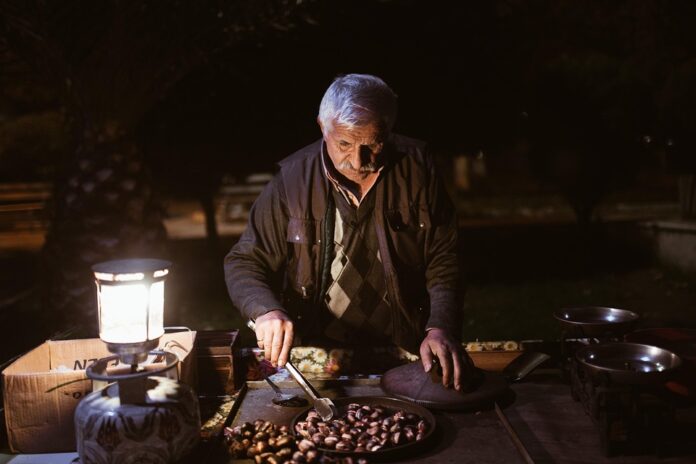Introduction
Street vendors have been a vital part of urban culture for centuries, offering affordable and convenient food and goods to city dwellers. In recent years, successful street vendor concepts have emerged, revolutionizing the way we think about street food and its impact on urban culture. This report will explore some case studies of successful street vendor concepts and their influence on urban culture.
Case Study 1: The Halal Guys
Overview
The Halal Guys started as a humble hot dog cart in New York City in 1990 and has since grown into a global phenomenon, with locations in cities like Dubai, Tokyo, and Seoul. They are known for their delicious halal food, including gyros, falafel, and rice platters, served with their famous white sauce.
Financial Data
The Halal Guys reported sales of over $100 million in 2019, a testament to their popularity and success. Their affordable prices and flavorful food have made them a favorite among locals and tourists alike.
Impact on Urban Culture
The Halal Guys have brought Middle Eastern street food to the masses, introducing flavors and dishes that were previously unfamiliar to many. Their vibrant carts and yellow branding have become iconic in cities around the world, adding to the diversity and vibrancy of urban culture.
Case Study 2: Kogi BBQ
Overview
Kogi BBQ is a food truck based in Los Angeles that serves a fusion of Korean and Mexican cuisine, such as Korean BBQ tacos and kimchi quesadillas. Founded in 2008, Kogi BBQ quickly gained a cult following for its innovative and delicious food.
Financial Data
Kogi BBQ has reported annual revenues of over $2 million, a significant achievement for a food truck. Their success has inspired a wave of similar fusion food trucks across the country.
Impact on Urban Culture
Kogi BBQ has been credited with popularizing the gourmet food truck trend, paving the way for a new wave of mobile culinary experiences. Their bold flavors and creative menu items have influenced the way people think about street food, blurring the lines between traditional cuisines and creating new culinary fusions.
Case Study 3: Smorgasburg
Overview
Smorgasburg is a weekly food market held in Brooklyn, New York, featuring a rotating selection of over 100 food vendors selling everything from artisanal ice cream to gourmet hot dogs. Since its launch in 2011, Smorgasburg has become a must-visit destination for food lovers in the city.
Financial Data
Smorgasburg generates over $3 million in revenue annually, making it one of the most successful food markets in the country. Its diverse range of vendors and commitment to showcasing local and artisanal products have contributed to its popularity and financial success.
Impact on Urban Culture
Smorgasburg has helped revitalize urban spaces and foster a sense of community among food enthusiasts. Its outdoor setting and festive atmosphere have become a symbol of the vibrant food scene in Brooklyn, attracting visitors from all over the city and beyond.
Conclusion
Successful street vendor concepts play a crucial role in shaping urban culture, offering unique culinary experiences and fostering a sense of community in cities around the world. By showcasing innovative food concepts and embracing diversity, street vendors contribute to the richness and vibrancy of urban life. As these case studies demonstrate, street vendors have the power to transform public spaces, influence culinary trends, and create lasting memories for residents and visitors alike.

